“Imagination is more important than knowledge.”
Albert Einstein
Art is vital to the mental, emotional, and psychological development in children. Children benefit from discovering art by doing and exploring an array of art materials. They are naturally curious and love to experiment with colors, textures and art tools. Using, safe, non-toxic art materials, toddlers can get messy using their hands to feel and apply paint; scribbling with markers and crayons; painting with sponges, brushes and other tools; squeezing safe modeling materials; cutting all types of paper products with safety scissors; gluing materials to create something new; and playing with shapes. These types of activities help toddlers to develop fine motor skills and cognitive abilities while promoting creativity and building fine motor skills.
“Research indicates that a child who is exposed to the arts acquires a special ability to think creatively, be original, discover, innovate, and create intellectual property—key attributes for individual success and social prosperity in the twenty-first century.”
International Child Art Foundation
How Parents and Caregivers Can Encourage Artistic Play
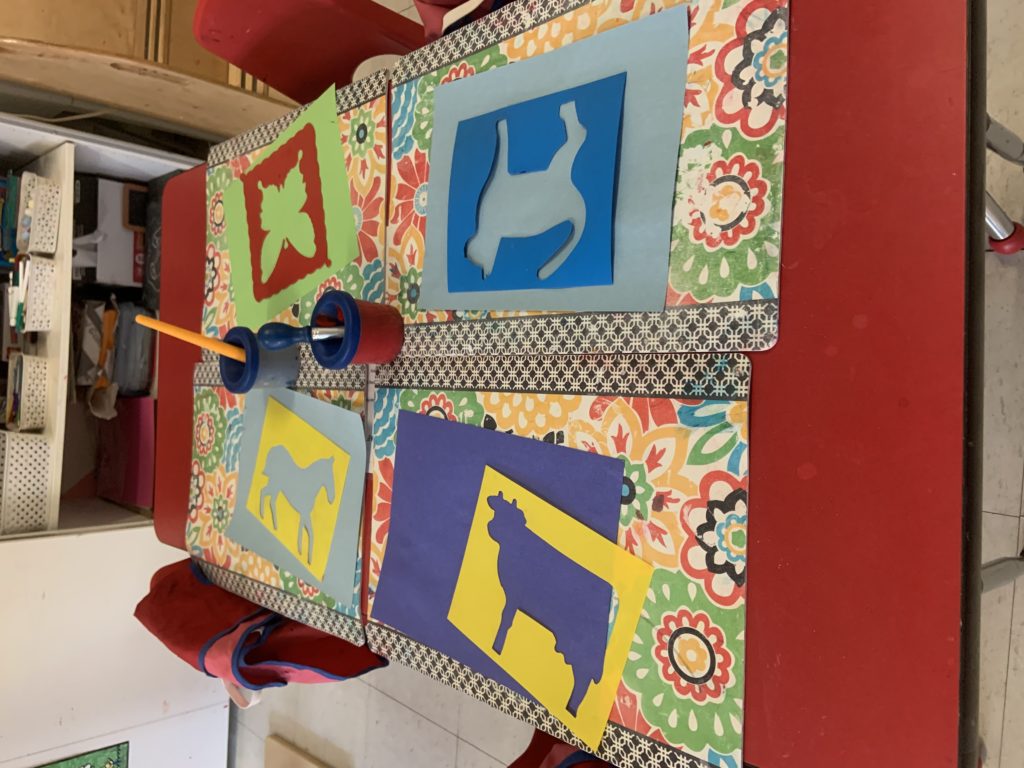
Set Aside Space
Having a specific area in the home that always has a variety of art materials available for children is a great way to interest and encourage children to experiment with art. Don’t put everything out at once, as it can be overwhelming and distracting for a young child. Supply paper plates, recycled paper, old magazines and such to encourage creative clipping and for making pictures and collages.
Practice Non-Judgement
Resist the urge to direct a child’s art creation or judge it. Creative expression and making choices builds independence in young children, as they naturally learn to do more and more by themselves each day. A child may experiment with colors and end up with something that looks muddy – yet this unintended outcome is a great opportunity for a child to learn by doing.
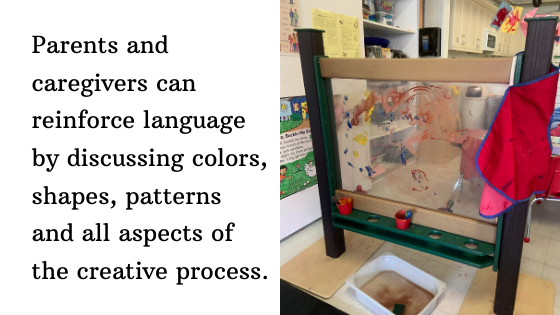
for the children of Creating Together!
Ask Questions
Parents can show interest by asking their child about the story behind the artwork. “How did you make it?” What is it all about?” “What do you really like about it?” Listen up! When a child asks a question, encourage the child to solve it by him/herself. “How do you think that might work?” “What can you try?” What would happen if….” Parents and caregivers can reinforce language by discussing colors, shapes, patterns and all aspects of the creative process.
Displaying Artwork
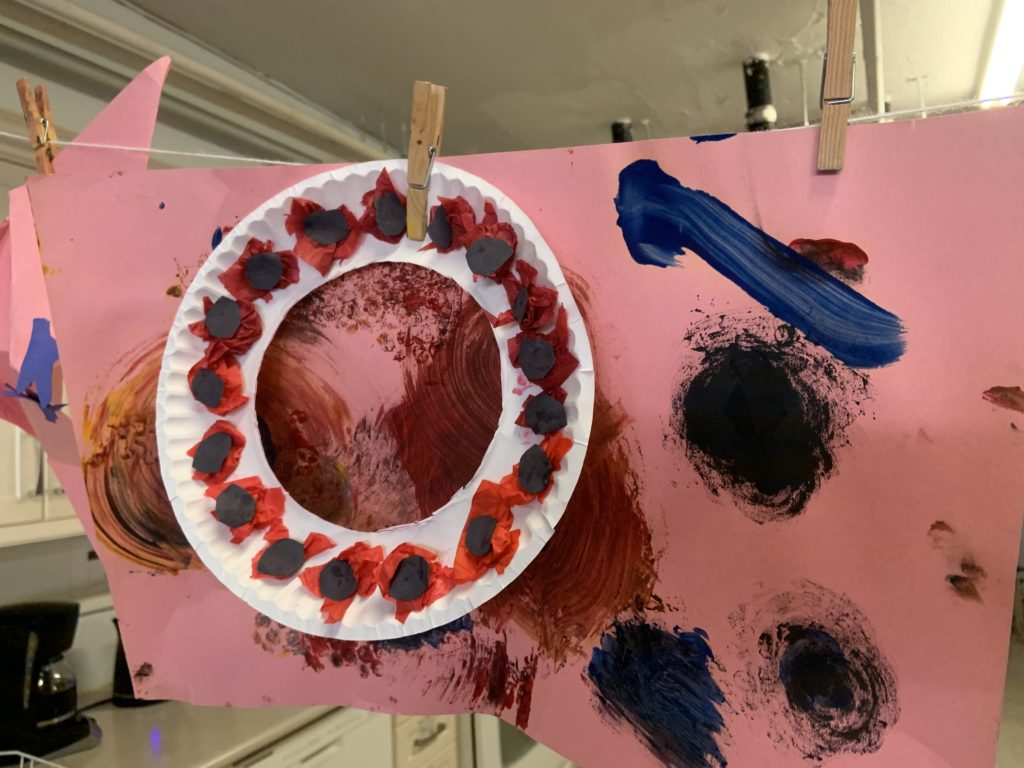
Displaying a child’s artwork is also a great way to encourage a child to create art because it shows how much a parent values the child’s very original creation!

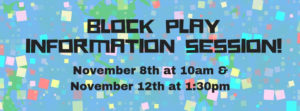
 Block Play Tips for Parents and Caregivers
Block Play Tips for Parents and Caregivers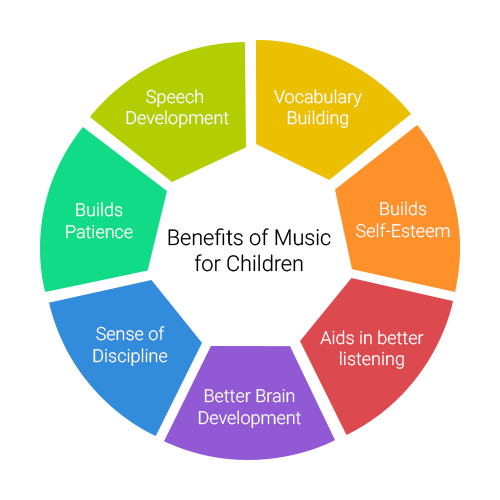 Music ignites all areas of child development. It helps the body and mind work together, helps children learn the sounds and meaning of words, allows for self expression, helps memory skills, and improves mathematical learning. Interested in understanding how? You may enjoy this recent study by the
Music ignites all areas of child development. It helps the body and mind work together, helps children learn the sounds and meaning of words, allows for self expression, helps memory skills, and improves mathematical learning. Interested in understanding how? You may enjoy this recent study by the 